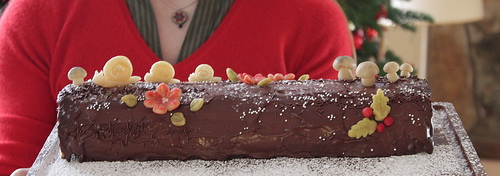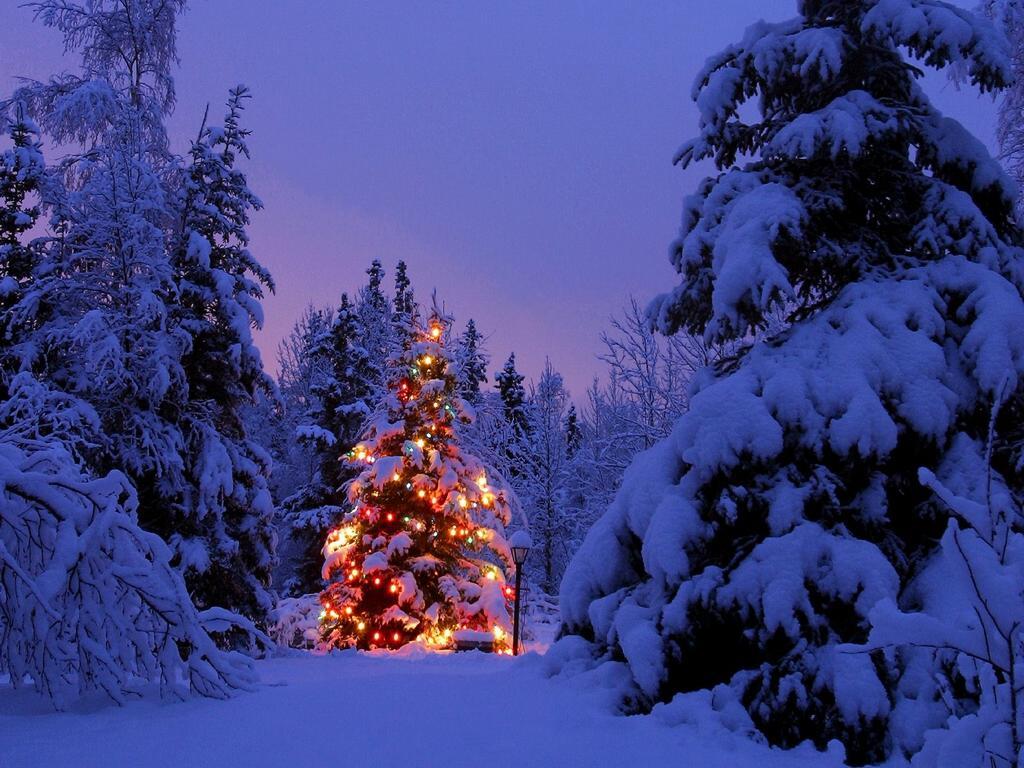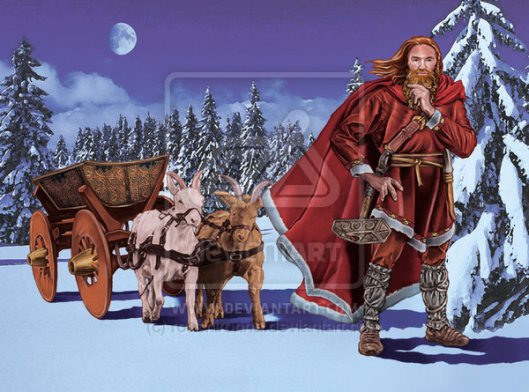
Heathen Kinship Blessings
Origin and Meaning of Yule
The celebration of Yule in Scandinavia predates the Christian Christmas holiday by thousands of years but you will notice a lot of the same symbolism. Here we will touch on the history of Yule and the meaning of some of the symbols that are still used today. The origins of these symbols of Yule are just powerful for us today as they have been to our ancestors for thousands of years.
Winter Solstice, the time of the year when the days get longer and the sun begins to return was truly a cause for celebration among our ancestors in Scandinavia. Their Midwinter Feast lasted at least twelve days. This is the origin of the twelve days of Christmas.
Most Christmas traditions are rooted deep in ancient Yule rituals, many coming from the Vikings. Historic evidence indicates that Jesus was not born on December 25, but in the Spring. Why is then Christmas celebrated on December 25? A common theory is that the Christian church designated this date as the day of Christ's birth to coincide with the Nordic Midwinter Solstice celebrations, as well as with a Roman midwinter fest called Saturnalia, in order to "facilitate" the conversion of "heathens" to Christianity.
At Midwinter, or Solstice, the Vikings honored their Asa Gods with religious rituals and feasting. Yule represented the halfway point of winter. It was time to select which animals might now make it through the rest of the winter. These weaker animals would need to be culled from the group, and thus a great feast was only natural! In some areas they sacrificed a wild boar to Frey, the God of fertility and farming, to assure a good growing season in the coming year. The meat was then cooked and eaten at the feast. This is the origin of today's Christmas ham in Scandinavia. In other areas Odin, Thor, or Frigga may have taken center stage, but in all cases this was a time for family coming together, exchanging gifts and enjoying fabulous feasts.

During the festivities they burned a giant Sunwheel, which was put on fire and rolled down a hill to entice the Sun to return. According to one theory, this is the origin of the Christmas wreath.

Another Viking tradition was the Yulelog, a large oak log decorated with sprigs of fir, holly or yew. They carved runes on it, asking the Gods to protect them from misfortune. A piece of the log was saved to protect the home during the coming year and light next year's fire. Today, most know the Yulelog as a cake or cheese log rolled in nuts.

Even the Christmas tree goes back to pre-Christian times. The Vikings decorated evergreen trees with pieces of food and clothes, small statues of the Gods, carved runes, etc., to entice the tree spirits to come back in the spring. As Christianity marched across the continent and even reached Iceland and Greenland, the old traditions were stamped out by the Church by labeling them as demonic. The loyal and tru fold were persecuted if they were observed offering gifts to the "demons" of the woods. Many of the Tru folk began cutting down the evergreen trees and continuing the old family traditions in the privacy of their homes.

Ancient myths surround the Mistletoe. The Vikings believed it could resurrect the dead, a belief based on a legend about the resurrection of Balder, God of Light and Goodness, who was killed by a mistletoe arrow but resurrected when tears of his mother Frigga turned the red mistletoe berries white. An alternate version of the story tells that Baldur was not resurrected because of more treachery by Loki. In this version Frigga decries that anyone meeting under a mistletoe bower shall kiss. In this way she removes the stigma of death and evil that might otherwise have haunted the mistletoe. She also ensures that Baldur will be ever remembered and honored.

The Yule Goat, (Swedish julbock, Finnish joulupukki, Norwegian julebukk) is one of the oldest Scandinavian Christmas symbols. Its origin is the legend about the Thundergod Thor who rode in the sky in a wagon pulled by two goats. An old custom was for young people to dress up in goat skins and go from house to house and sing and perform simple plays. They were rewarded with food and drink. The Yule Goat at one time also brought Yule gifts. This character was later replaced with "jultomten" (Santa Claus).

Our pre-Christian ancestors would
dress up someone to represent Old Man Winter, who was welcomed into homes to
join the festivities. Dressed in a hooded fur coat, Father Christmas traveled
either by foot or on a giant white horse. Some think that this horse may have
been Odin's horse Sleipnir and that Father Christmas was originally Odin, who
was often depicted with a long beard. When the Vikings conquered Britain in the
8th and 9th centuries, he was introduced there and became the English Father
Christmas. There is also a lot of similarities between Thor and Santa.
Thor is a big guy who has a red cloak with white fur (some say white coat with a
flowing red beard), he is pulled through the sky in a sleigh pulled by his two
goats, and drops presents for children into the homes of the families who are
loyal to him.